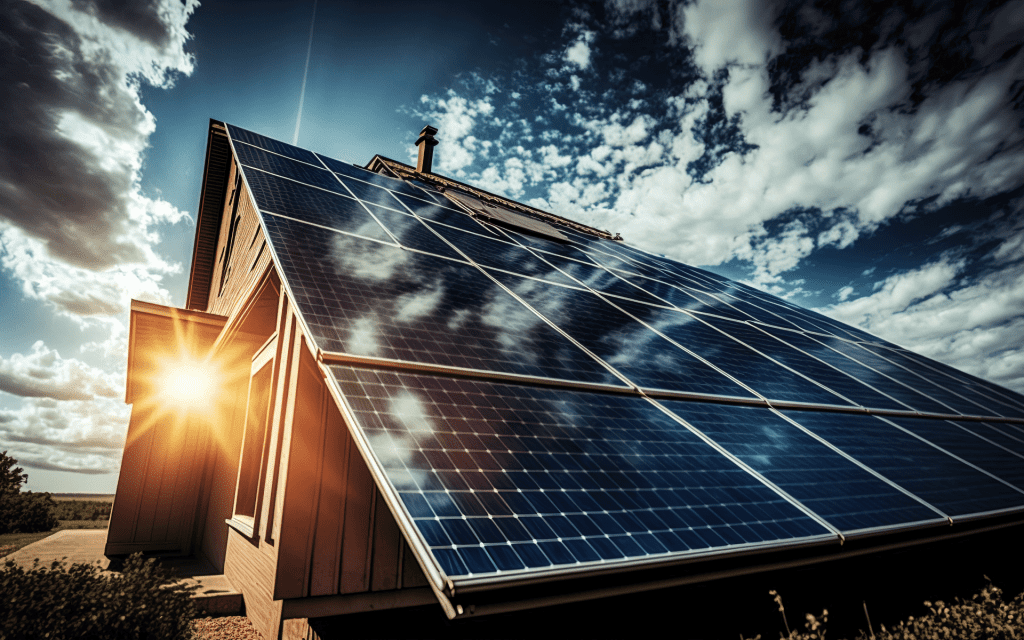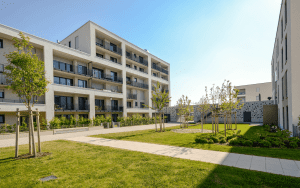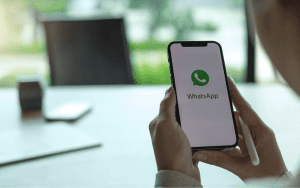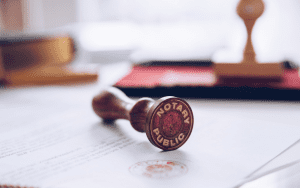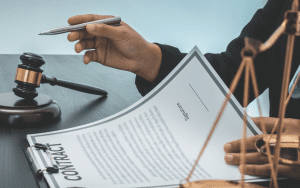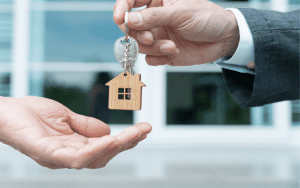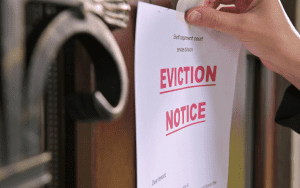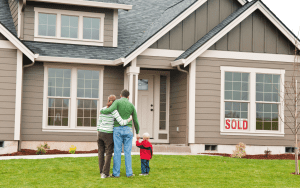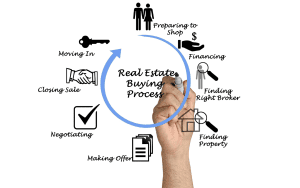The upfront investment is high, which you’ll want to recover when you sell.
Stage 6 loadshedding is now firmly in effect, many South Africans are without power for up to 12 hours each day, and the threat of Stage 8 blackouts looms large on the horizon. It’s no wonder then that many households are turning to ‘off-grid’ power sources to keep the lights on and return to some semblance of normality. Solar power has emerged as the most popular alternative energy option due to its relatively quick installation, soundless efficiency (unlike a noisy generator), environmental benefits, and the prospect of lower future energy bills. However, the upfront costs associated with a solar installation may be prohibitive for the average middle-class homeowner—with options ranging between R59 000 to R289 000, according to the pricing from solar provider Solana Energy. Luckily, the increased popularity of solar power has given rise to a variety of innovative financing options to make solar more accessible and affordable.
These include:
- Outright purchase: Buying the system outright using one’s own funds.
- Financing the system through a home loan provider: Some of the major banks now offer the ability to add the cost of solar installation to one’s home loan.
- Rent-to-own: Various solar financing companies have popped up in recent years, offering consumers the option to pay a monthly fee for solar—with the understanding that you will own the equipment after a certain period of time, usually five to seven years.
- A subscription service: Solar providers such as GoSolr offer a fixed-monthly subscription to solar power using their equipment. Prices generally start at R1 580 per month.
What’s also important is to take into account whether the significant initial financial investment is justified by considering the value it will add to your home in the long term. According to South African home loan experts, ooba Home Loans, solar panels can increase the value of a property by around 3 to 4%. However, taking into account the current electricity crisis in South Africa—and with no long-term solution in sight—this estimate is actually rather conservative.
Ability to sell the buyer long-term peace of mind:
The majority of the country is still experiencing a buyer’s market, meaning that many well-priced and well-designed homes are sitting on the market for far longer than they usually would, due to an oversupply of homes. Solar power is definitely a Unique Selling Point (USP) and a way for sellers to distinguish themselves from the competition. Homeowners are thus encouraged to make the transition now while they can afford it, as it can be a lifeline should they become financially distressed in the future and need to make a quick sale. By investing in solar power, owners are also able to market the ‘peace of mind’ that their property will offer prospective buyers, both in the short- and long term. The buyer has the assurance that they will be able to work from home and perform daily household tasks such as cooking without interruption. Another positive selling point is the prospect of lower electricity bills and resilience against unforeseen tariff increases.
Eskom was recently approved to implement an 18.65% tariff hike come April 2023, which is yet another blow to South Africans dealing with interest rate hikes and the rising cost of living. In contrast, most solar providers’ annual price increases are in line with annual inflation, giving consumers the ability to plan and budget accordingly.
Five factors to maximise your solar investment:
- Choose your financing option wisely: If you’re investing in solar power with the goal of adding to the value of your home, make sure that you own the equipment outright. If you’ve opted for the ‘rent-to-own’ (and haven’t completed the contract) or solar subscription option, the new owner will have to carry the costs of the contract.
- Take the size of the installation into account: The more solar panels on your roof, the more electricity can be generated.
- Make sure that you purchase a hybrid solution: A hybrid system consists of solar panels, a smart invertor, and a battery. The battery is what keeps your electricity running during loadshedding, using the power generated from the solar panels during non-loadshedding periods.
- Choose a reputable service provider: Make sure that your provider is accredited, uses the highest quality materials to increase their lifespan, and that they offer a warranty should something go wrong.
- Finally, remember that location is key: If your roof is constantly in shade, the solar panels will receive very little sunlight to generate electricity, making a costly installation essentially useless.
Solar power has the potential to greatly increase the selling potential of your home, but all factors must be considered to maximise your return on investment—including whether you can recoup the investment costs in your eventual selling price.
Written by Grant Smee
Grant Smee is a property entrepreneur and the managing director of Only Realty Property Group.
This article is a general information sheet and should not be used or relied on as legal or other professional advice. No liability can be accepted for any errors or omissions nor for any loss or damage arising from reliance upon any information herein. Always contact your legal adviser for specific and detailed advice. Errors and omissions excepted (E&OE)

